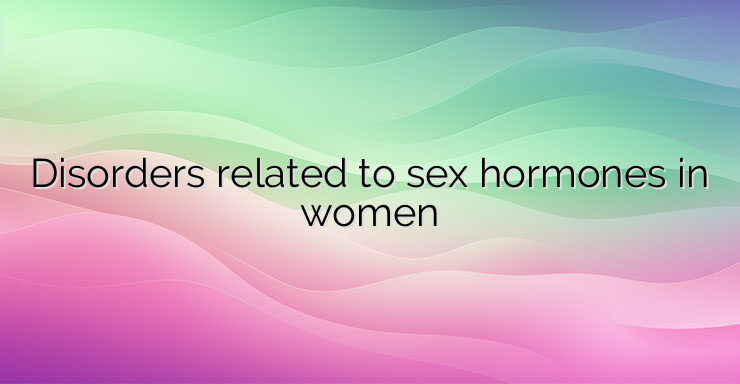Female sex hormones – estrogens, progesterone, follicle-stimulating, luteinizing, prolactin are released by various structures and determine the correct and consistent course of processes in a woman’s reproductive system. Their synthesis takes place in structures of the brain – the pituitary gland and hypothalamus and the female sex glands – the ovaries. The regulation of the hormones released by the ovaries is provided by structures in the brain. Reduced ovarian function The synthesis of hormones by the ovaries can be greatly reduced or completely stopped in various conditions of the woman. When as a result of diseases, most often oncological, it is necessary to remove the ovaries, the condition is referred to as postcastration syndrome. Post-castration syndrome is a condition with an abrupt onset and a clinic similar to the climacteric period in women. In women with endometriosis – the development of endometrial foci outside the uterus, when the ovaries are affected, their tissue can be destroyed and a state of reduced ovarian function can be observed again. The ovarian structure can be disturbed and, together with this, the hormones synthesized by them can be greatly reduced in the course of inflammatory processes of the ovaries. Postcastration syndrome can develop as a result of various etiological factors that lead to the destruction of ovarian tissue. Course of the post-castration syndrome The sharp and sudden development of the condition is also the reason for the more severe clinical manifestation of the symptoms. The severity of the manifestations is leading in this condition and very often medical intervention is required to deal with them. NEWS_MORE_BOX Disorders related to the reproductive system of the woman – the most common disorders are related to termination, stopping of menstruation. Disorders related to the woman’s nervous and mental state – the most prominent are hot flashes and night sweats. Other common disturbances are related to the mental state of the woman. Depressive states and frequent mood swings are very common. Disorders related to bone structure – progressive osteoporosis, which is the result of reduced levels of estrogens. Due to the severity of the symptoms and their sudden onset, it is often necessary to take hormonal preparations – hormone replacement therapy. Due to the side effects of estrogen preparations and the risk of developing mammary gland carcinoma, their use has been refined and greatly reduced. The most common hormonal disorders in adolescents – during the period of puberty are related to menstrual disorders. As a result of disturbances in the regulation of the hormones released by the ovaries, amenorrhea – absence of menstruation – may occur. The most common cause in adolescents is increased stress, which easily affects the psyche. High physical activity in professional athletes also has an effect. Starving and frequent dieting or reaching a state of anorexia also leads to menstrual disorders,due to hormonal changes. Periods of examination of sex hormones Due to the cyclical nature of the processes related to the female reproductive system, the examination of hormone levels is carried out at certain periods of the monthly cycle. This is important for their correct interpretation. Progesterone test – between day 20-24 of the menstrual cycle. Test of estradiol – during the ovulatory period – day 14 or the early stage of the menstrual cycle. Test of estrone between day 5-7 of the menstrual cycle. Testing of testosterone in the early follicular phase, day 5-7 of the menstrual cycle.


Leave a Reply